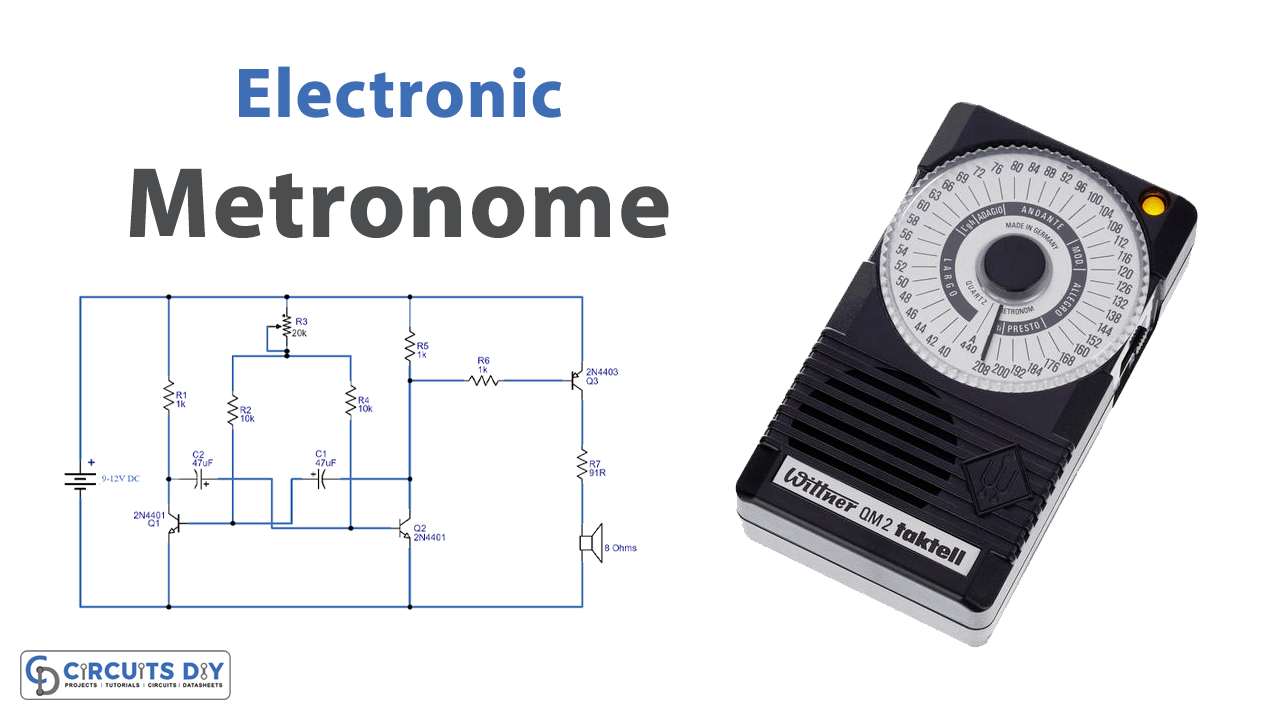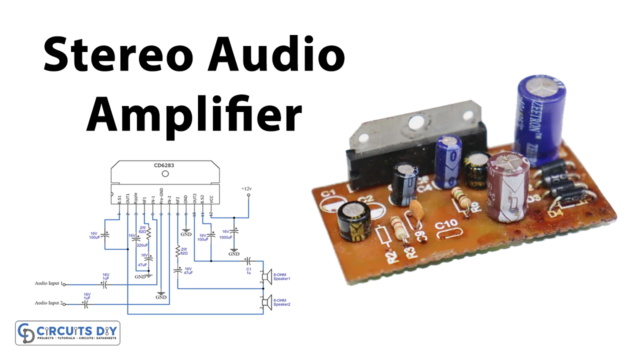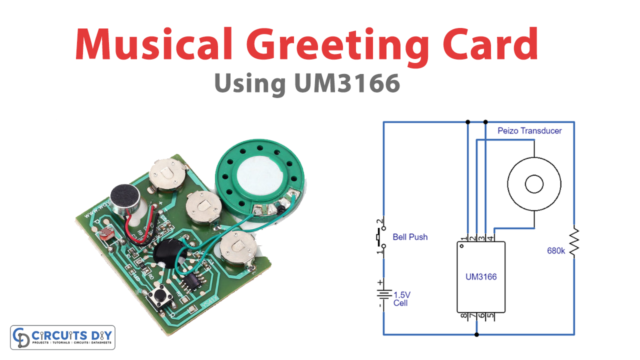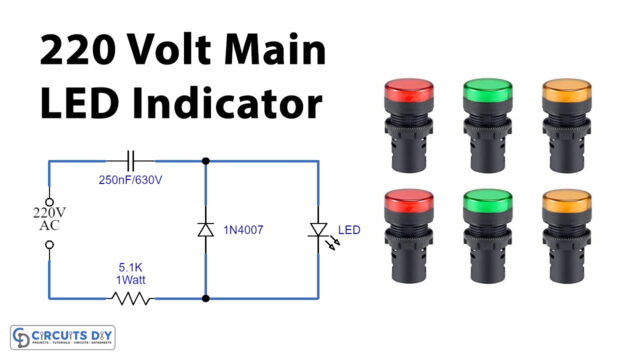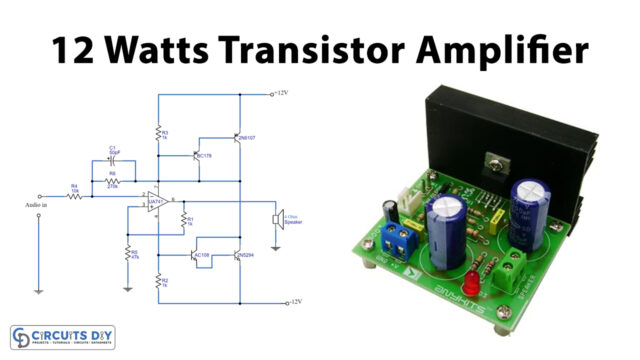An electronic metronome is a device that is used by musicians to practice playing with a regular pulse. It helps them to maintain the tempo by producing a regular toc-toc beats sound. In the early days, it was invented as a mechanical device but with technological advancement, it is now available in the form of electronic and software devices. So today, we are going to build a simple electronic metronome using transistors.
This project is based on a very simple circuit that has three transistors and a few passive components. Portable electronic metronomes are convenient because they easily fit into a small box along with a speaker and battery.
Now let’s start making our project.
Hardware Components
The components that we need for our metronome are
| S.no | Component | Value | Qty |
|---|---|---|---|
| 1. | NPN Transistor | 2N4401 | 1 |
| 2. | PNP Transistor | 2N4403 | 1 |
| 3. | Speaker | 8Ω | 1 |
| 4. | Capacitor | 47µF | 2 |
| 5. | Breadboard | – | 1 |
| 6. | Connecting Wires | – | 1 |
| 7. | Battery Clips | – | 1 |
| 8. | Resistor | 1kΩ, 10kΩ | 1, 1 |
| 10. | Battery | 9-12V DC | 1 |
| 11. | Potentiometer | 20kΩ | 1 |
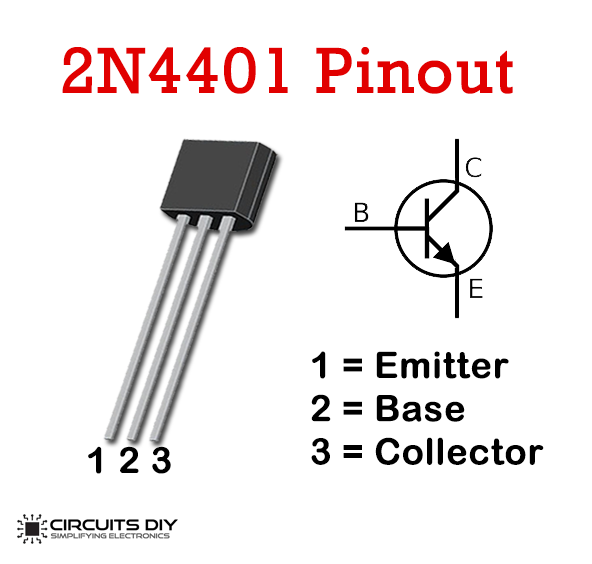
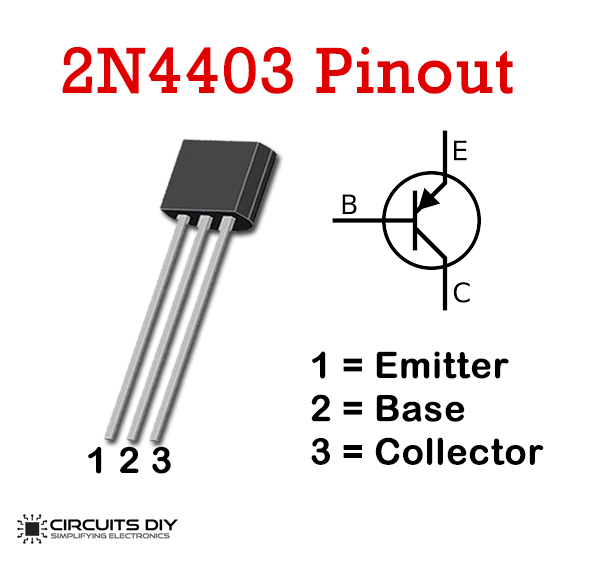
Circuit diagram

Working
The operating voltage of this circuit is 9 to 12 V, it produces beats that are adjustable to your liking. The potentiometer (variable resistor) R3 increases or decreases the speed of the beats, the lower the resistance set on the potentiometer the faster the metronome will tick. You can also vary the values of R2, R4, or C1, and C2 for variation in speed but make sure both pairs of resistors and capacitors have the same value. For example, if you’re using 15K R2, then R4 should be 15K as well and the same goes for capacitors.
A combination of three transistors is used, two of which are NPN and one is PNP, they are used to amplify the electronic signals. An 8Ω speaker is connected at the output which produces the toc-toc beats.
Applications and Uses
- Learning to play beats and tempos continuously.
- Used by recording musicians to click tracks in order to help audio engineers with synchronization.
- Composers use them to derive beats per minute.
- Apart from them, they also serve in different tests of the psychological laboratory to maintain the desired cadence.


